
The blank spine: identifying and understanding it
WHITE SPINE: WHAT IS IT?
The spine of the blank: do you know what it is? In this chapter, we take a look at the working direction of blanks.
When we talk about "the direction of the blank", we refer in particular to "nerve", or "thorn". The names given to it are varied.
INTEREST IN FINDING THE SPINE OF BLANK
In this tutorial, we'll show you how to find the spine of a blank in the simplest, most practical way.
This step is fundamental, as it's at this point that the rodbuilding really begins.
It's important to bear in mind, that a blank that's ideal for your fishing, but which is poorly assembled, gives less results. It's important to have an average blank well mounted on its spine.
Generally, we call this the natural working direction of the blank.
COMPREHENSIVE SENSE OF BLANK
In order to get a clearer and more precise view of what the nerve (or spine) of a blank is, we invite you to imagine rolling a sheet of paper around a pencil.
When your paper is rolled and you remove your pencil, you have thicker material in certain places. The blank's carbon sheet has the same principle, i.e. some places will be "harder" than others.
So, the spine nerve is a resultant of force.
If you take a blank of a certain length and put it in flexion, given that it's not perfectly geometric, it's going to start wanting to work in a certain direction: this is what we call the nerve (or the spine).
To sum up, subjected to bending, your blank locks up and wants to work in a single direction.
TOOLS REQUIRED
In order to carry out this essential rodbuilding step perfectly, you simply need to be equipped with a white pencil. This pencil needs to be at least slightly bold in order to leave visible marks on the blank.
This white pencil allows you to make markings on our blank, and indicates the side where the rings will be mounted.
It's not necessary to make a constant line along the entire length of your blank. The first step is to mount the handle. Assembly of the rings is done in a second step after the handle is mounted.
.FINDING THE BLANK'S NERF (OR SPINE)
ON A One-piece BLANK
As explained above, all blanks have a bit of arrow, a bit of round.
In order to determine the spine of a blank, we naturally place it on a surface. It will come to rest with its heaviest, roundest side down.
After this first check, we'll flex it with our hands. We're careful not to force the hard point with a tool, at the risk of breaking it.
When your blank is working, you should see that it locks into a certain position, and doesn't want to move. It's possible to insist to see if there's another position in which it's getting stuck.
This way, you've found your blank's nerve. Once you've found the nerve, you can mark it with your white pencil, on the hollow of the blank's curve when it's flexing.
ON A MULTIBRINK BLANK
Now that we've seen how to spot the thorn on a single-strand blank, it's just as interesting to know how to spot the thorn on a multi-strand blank.
The technique used is going to be pretty much the same. The difference will be in the "working" strands, those that have a real flex in fishing action. The remaining very stiff strands have very little impact on the blank's natural working direction.
In order to determine the nerve on our various strands, we're going to position them on a smooth surface. Once this is done, we test them one by one to find the position in which each of these strands locks.
Once the direction of each of our strands has been determined, we indicate the correct positioning on the blank using our pencil. Finally, we can assemble all our strands.
When assembled, if the tests have been carried out correctly, you should have a blank, when assembled, that is perfectly stable.
.
PARTICULARITY
It's entirely possible that you may occasionally feel a second hard spot during your tests.
This is a perfectly natural phenomenon. When the carbon sheet is rolled, there's the beginning of the sheet, and the end of the sheet, so this represents 2 over-thicknesses.
Sometimes, these thicknesses are almost intertwined, hence the feel of a single nerve on your blank. At other times, they don't necessarily overlap, in which case we go in search of the most pronounced spine.
The aim of this manipulation is to have a well-mounted blank that works in its axis in order to restore all the energy. This will reduce the rebound phenomenon, and in combat, it will give us much more stable, comfortable rods that won't feel like turning over all the time.
.
VIDEO EXPLANATION
We offer you an explanatory video on spotting the blank spine. Along with Goulven, you'll get a precise, illustrated tutorial of the method used.
Video below.
https://youtu.be/rTSRwgqGkkg

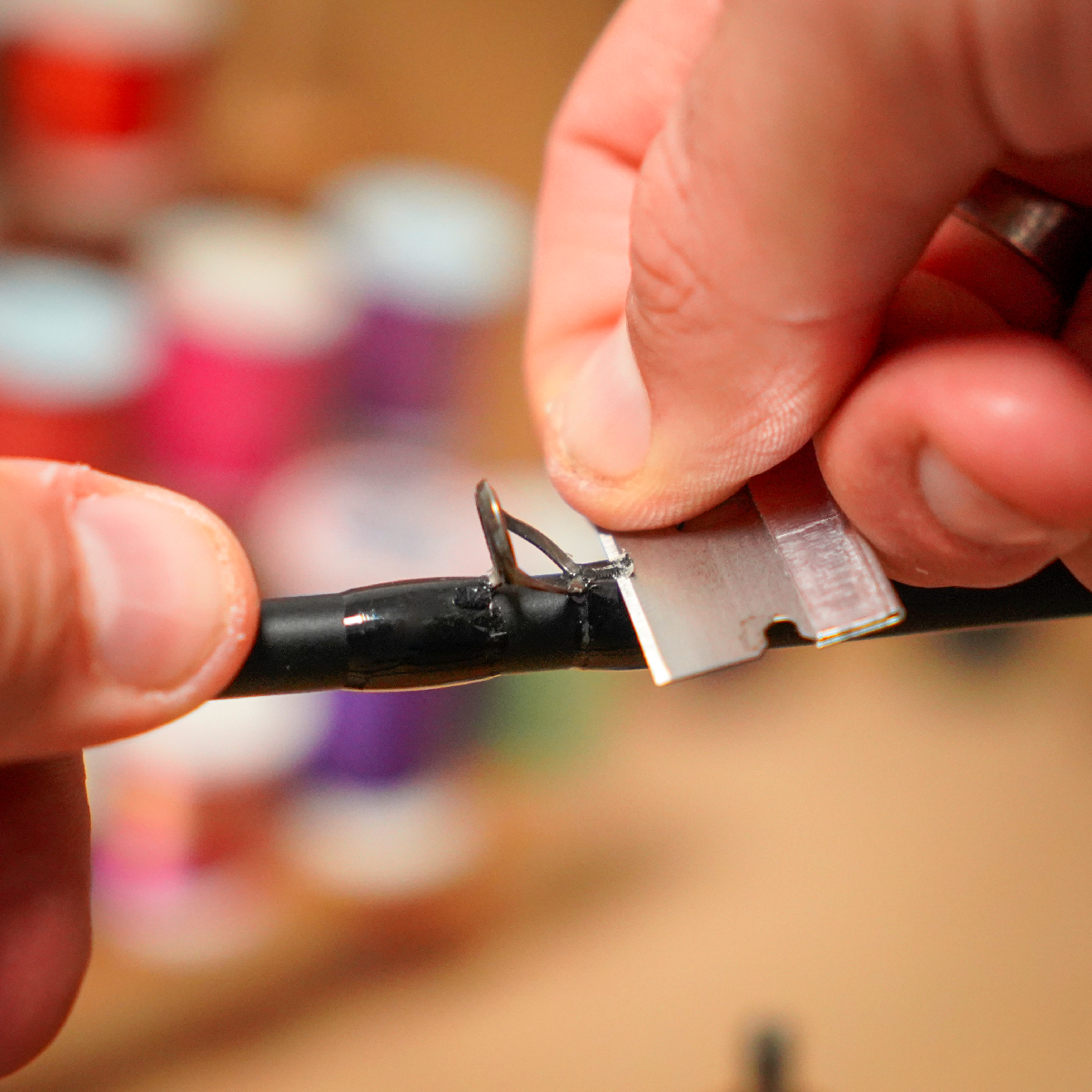
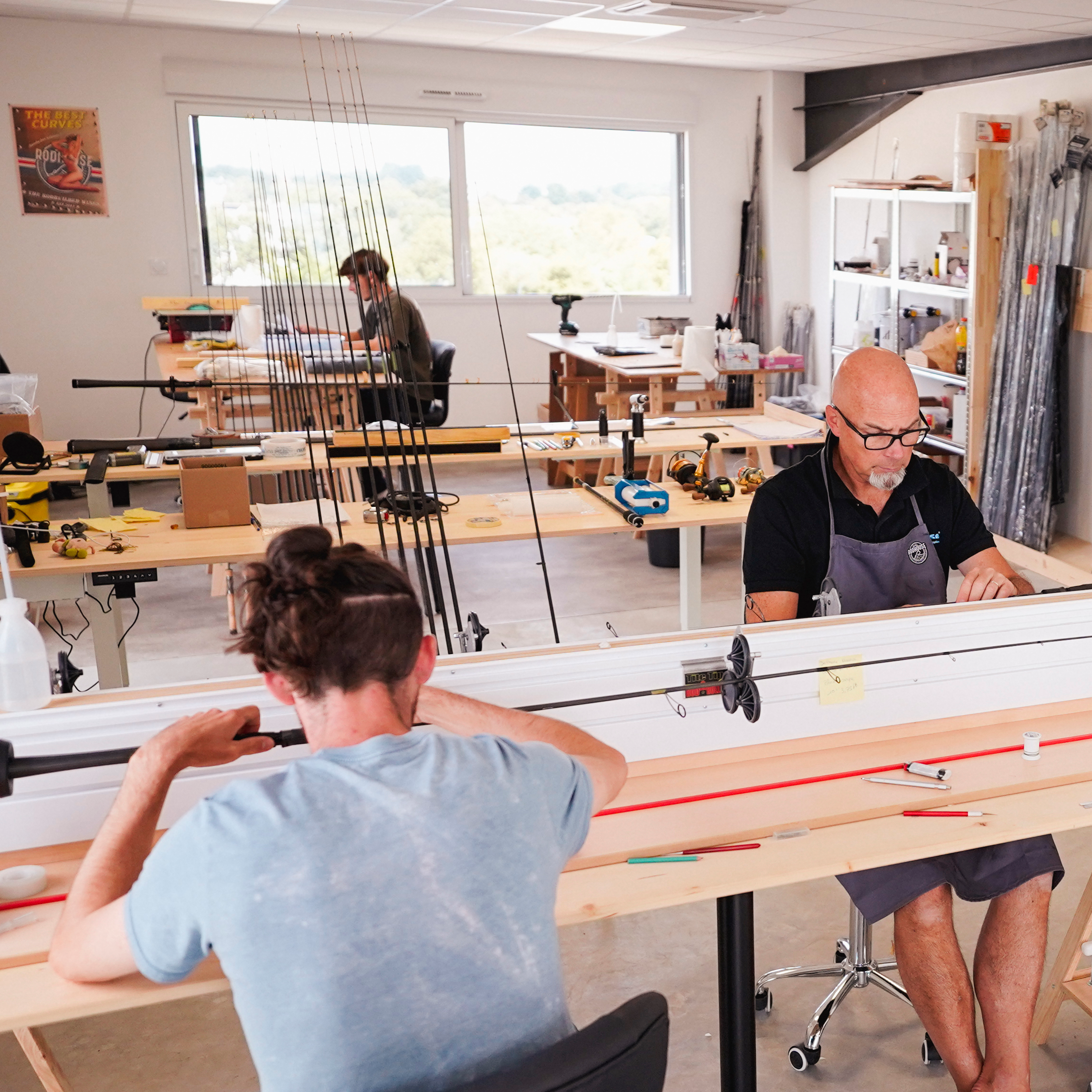
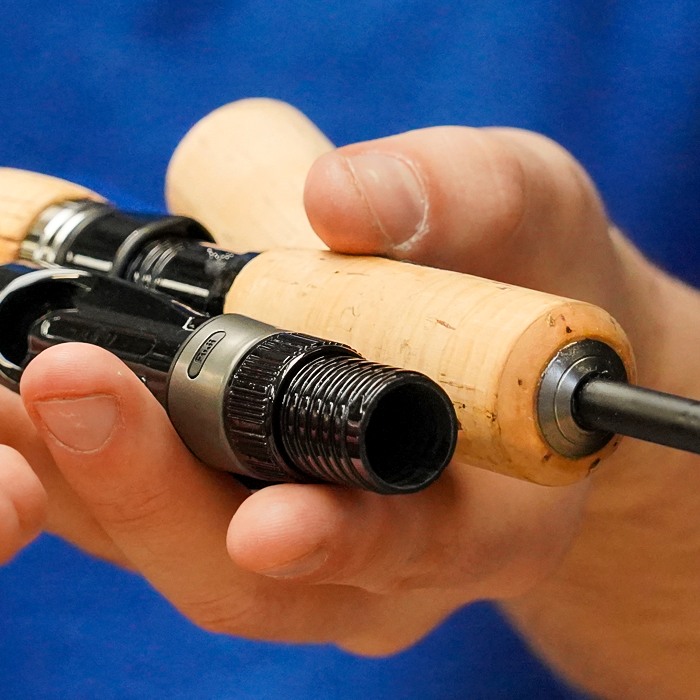
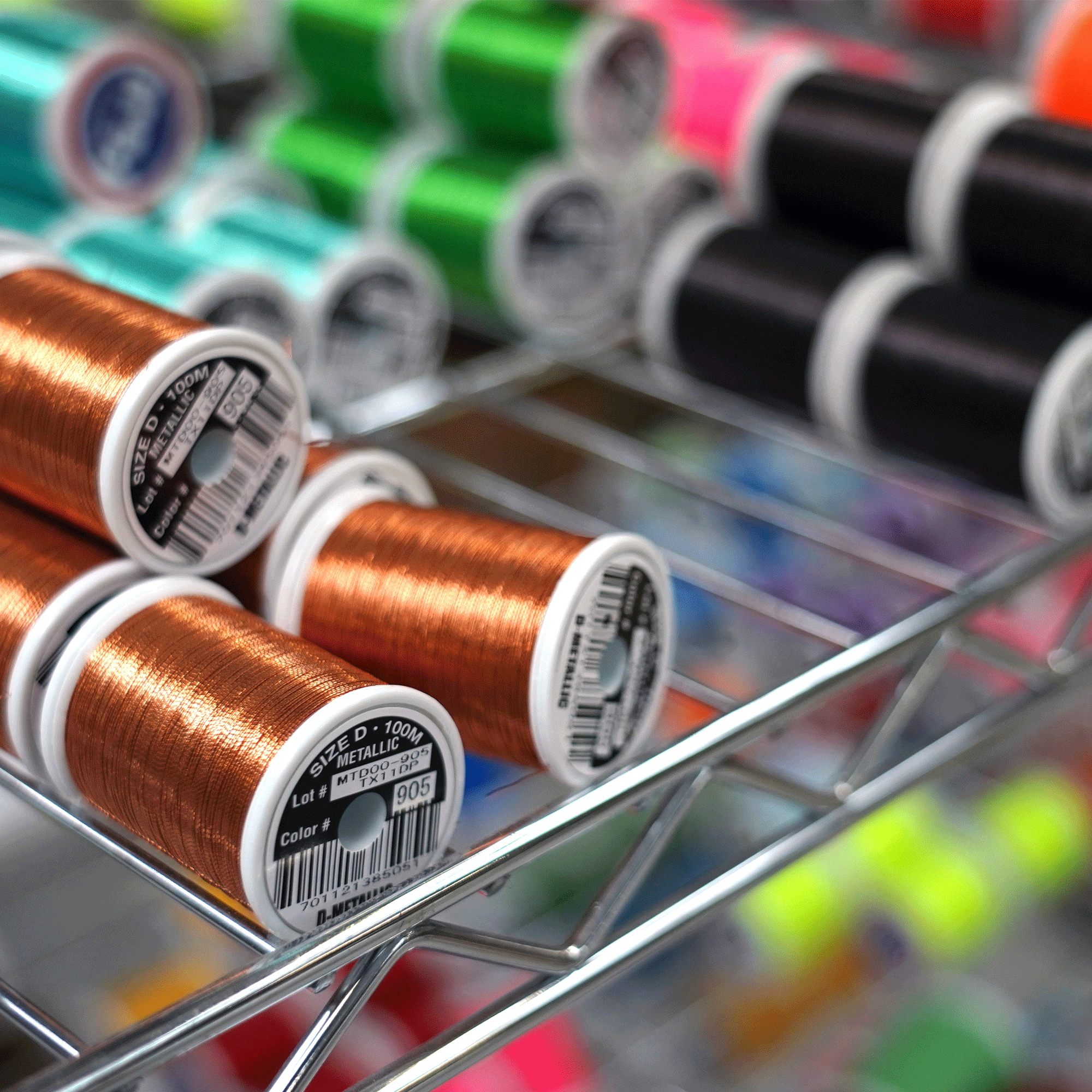

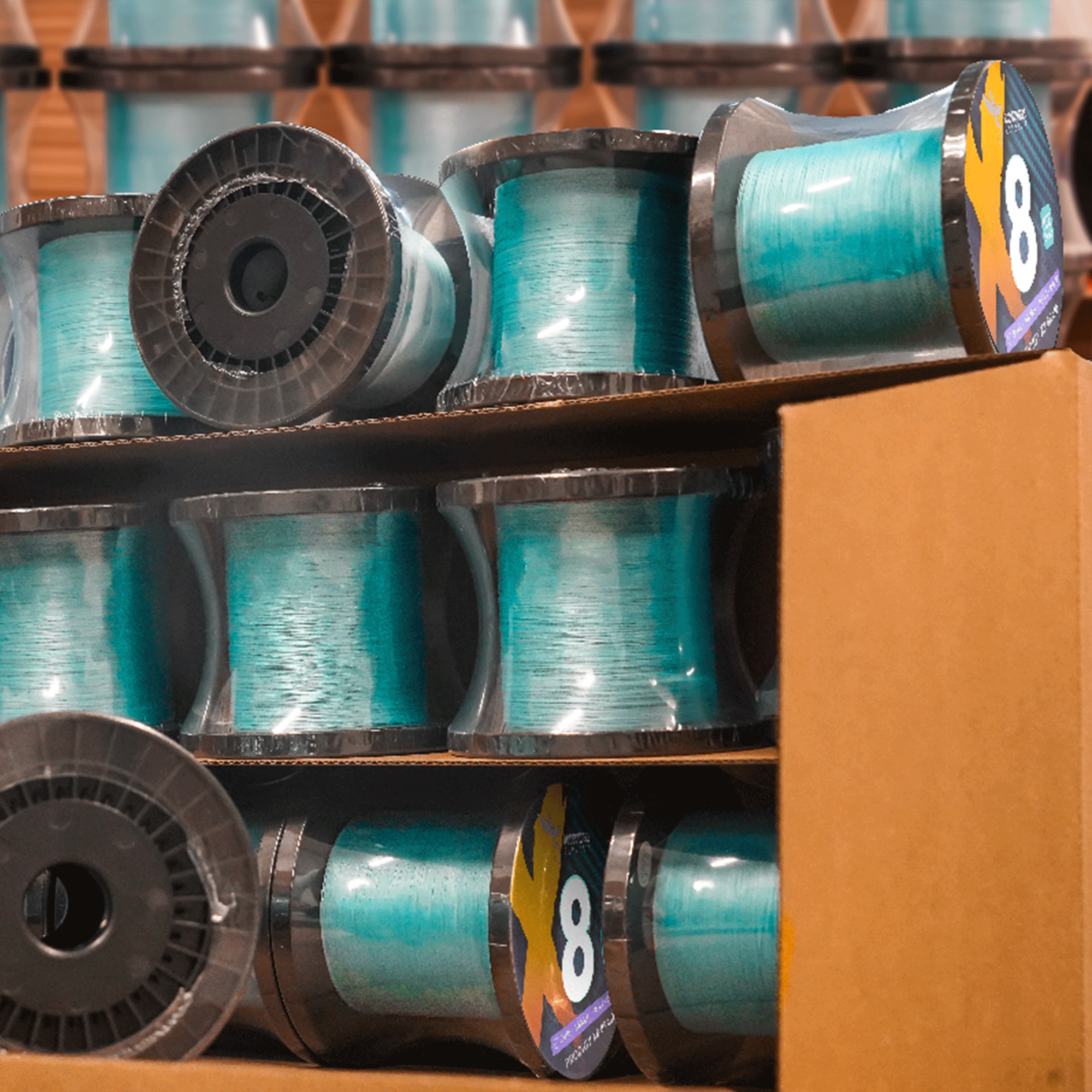
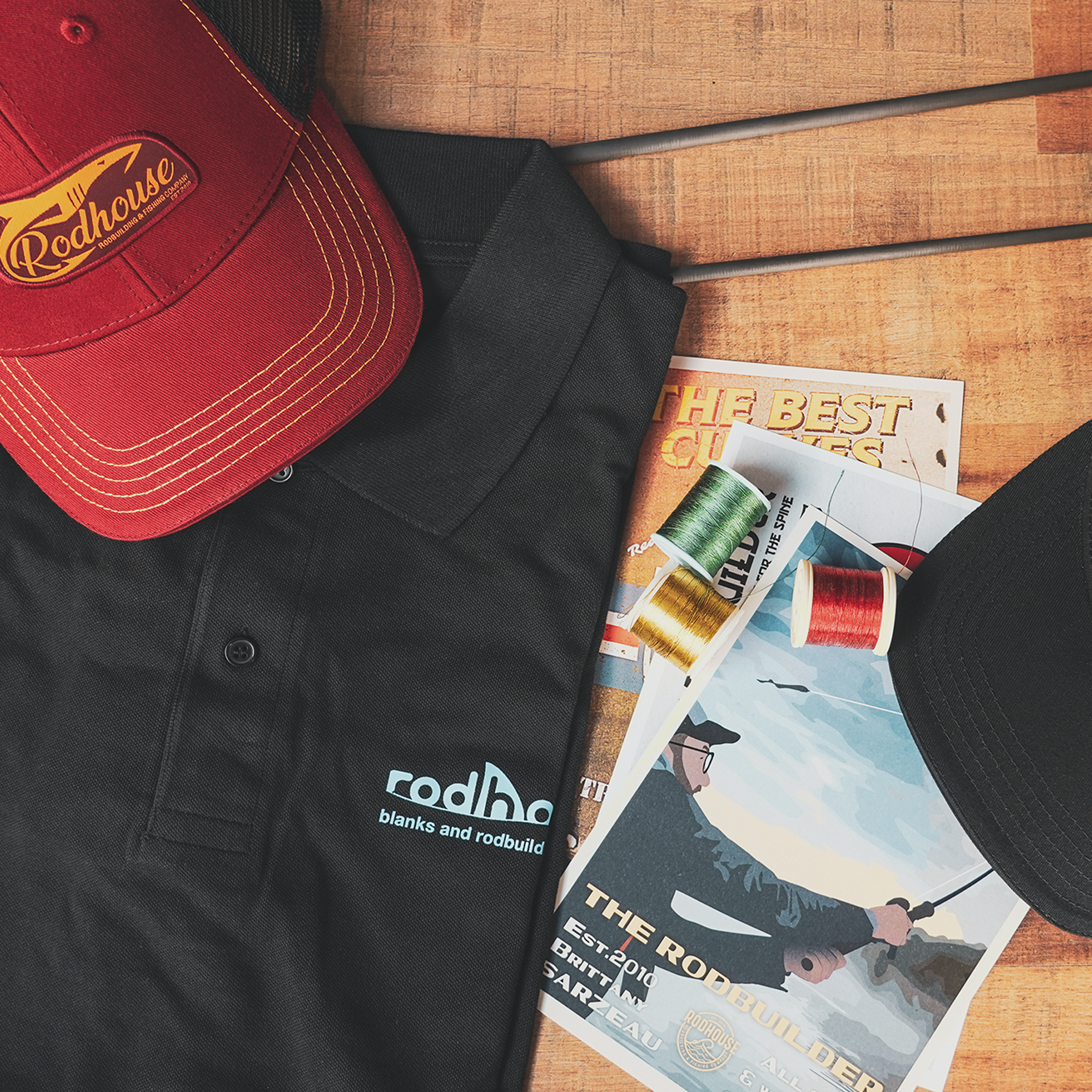
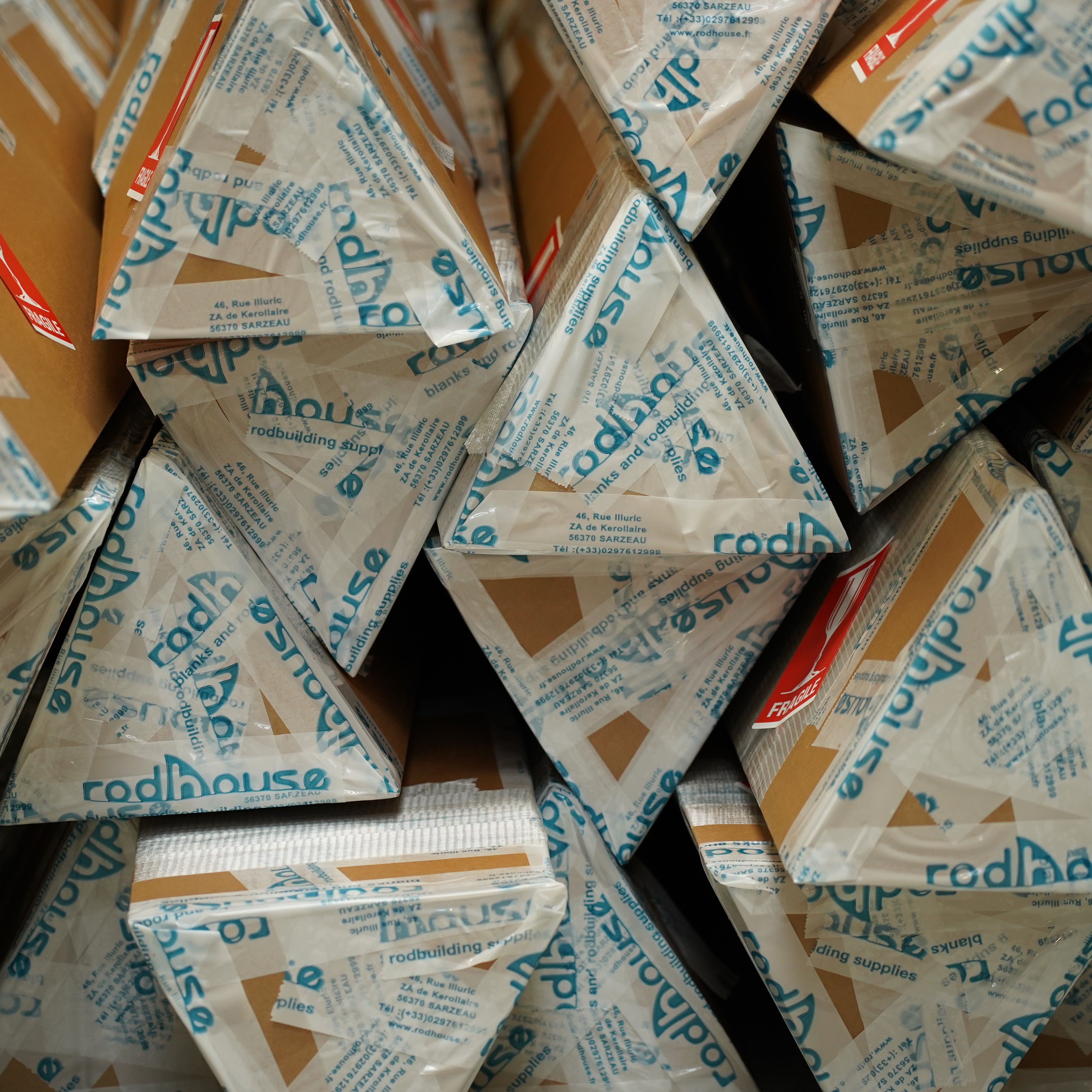
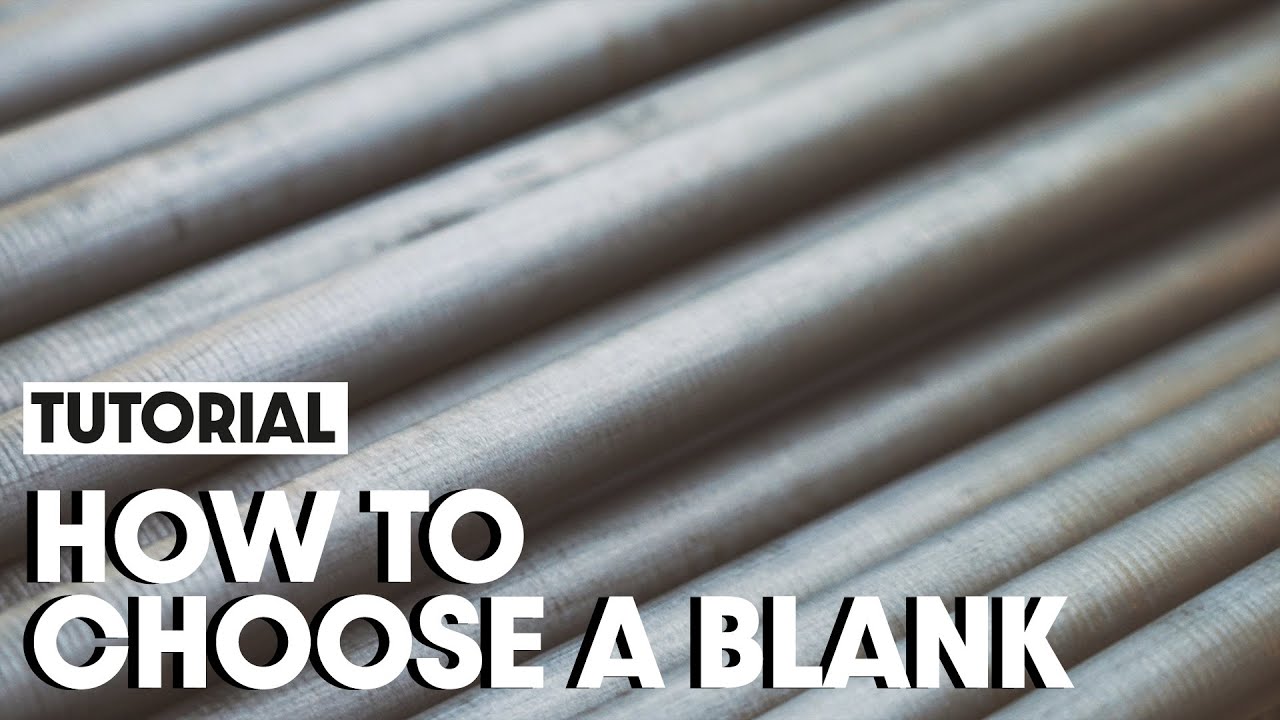

1 comment
François NASDROVISKY
Vous mettez les anneaux à l’intérieur de la flexion ou à l’extérieur ?
A l’intérieur pour moi, car ainsi la canne est plus souple pour les combats, et plus raide et plus puissante pour les lancers.. Non?
Leave a comment
All comments are moderated before being published.
This site is protected by hCaptcha and the hCaptcha Privacy Policy and Terms of Service apply.